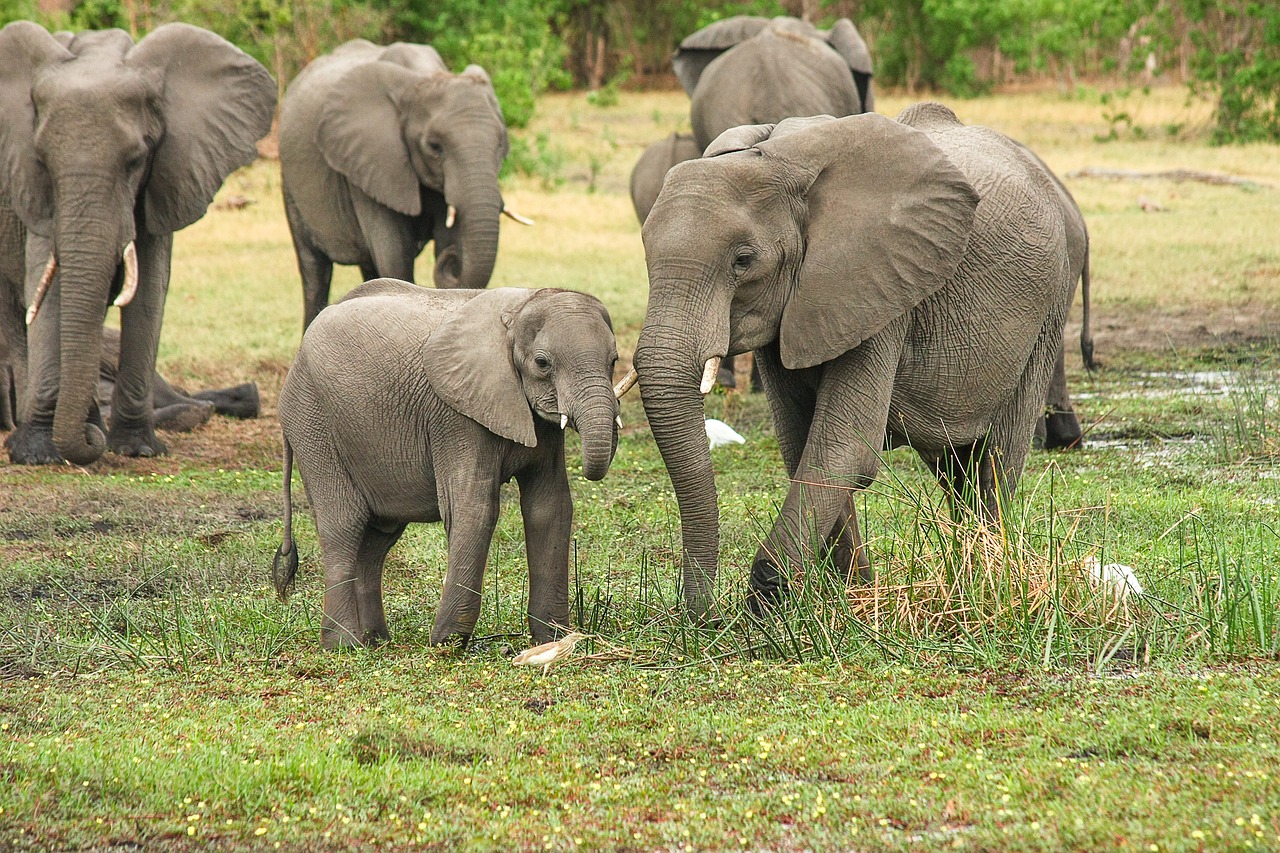
There are organisms that are harmed within the framework of a biological interaction that neither harms nor benefits other beings.
Amensalism is a concept present in the field of Biology that identifies the interaction of a biological nature in which a certain organism (categorized as amensal ) is harmed by not being able to grow or reproduce but, at the same time, another living being does not suffer any change as a result of that bond between the two. For this last specimen , the relationship is neutral since it does not benefit or deteriorate, that is, it does not gain or lose anything within the framework of this situation. This is an issue that can be explained from the survival instinct manifested by numerous species.
Types of amensalism
There are types of amensalism that reveal different realities that constantly occur in the environment, involving vertebrate and invertebrate living beings with multiple particularities that are distributed throughout the planet Earth .
Antibiosis , to cite an example, is a variety of amensalism that results in the impossibility of two species coexisting in the same environment. Since one of the organisms involved generates and spreads antibiotics , the remaining community has no chance of surviving near them.
By also focusing on certain plants with the aim of detecting cases of amensalism, the notion of allelopathy takes center stage. This is defined as a phenomenon that involves an organism prepared to produce and release biochemical compounds that affect, hinder and even prevent the appearance, reproduction and survival of multiple species of the plant kingdom.

There are trees that harm different plant and animal species.
Scope and application of biological interactions
The scope and application of biological interactions always depend on the characteristics of the link that is established between different communities or species of living beings.
In nature , as science has demonstrated and investigated for years, there are cases of symbiosis , predation , commensalism , neutralism , competition , mutualism and amensalism , for example. This last mentioned relationship is very useful when analyzing food chains in various ecosystems . It also contributes to understanding how pests impact agriculture and what factors, both abiotic and biotic, condition, affect and promote each evidence of amensalism .
Examples of amensalism
Examples of amensalism can be found in water, soil and air, involving the various trophic levels that appear in the ecological pyramid .
There are microorganisms , to detail a specific reference, that produce conditions or substances that are harmful or toxic to other beings. This is specifically the case with Penicilliumnotatum , a fungus capable of secreting a substance that prevents numerous types of bacteria from surviving or developing.
The tree known as eucalyptus , meanwhile, also releases a substance that other species of plant origin can grow around it or survive without damage. And if we focus on trees, we must not forget that there are very tall and bushy specimens that end up harming short plants and bushes since, by generating shade, they prevent them from receiving sunlight.
Even the excessive presence of algae causes a harmful situation for plants , fish and other marine creatures because they are characterized by containing a high level of arsenic and producing toxins.
Organic waste of animal origin is also the cause of environmental pollution that threatens the existence of a large number of organisms.

Organic waste and the movement of certain animals ends up harming different organisms.
Concepts linked to biological interaction
There are concepts linked to biological interaction that must be known, understood and kept in mind in order to become aware of the importance of, for example, amensalism in relation to biodiversity and the evolutionary adaptation of species.
First of all, it is necessary to remember that biological interactions are described as the links that, within the framework of a certain ecosystem, arise between the beings that make up the reigning biological community. Relationships or connections may involve members of the same species or extend to other classes of organisms. If the biological interaction includes at least two individuals from different kingdoms or families, experts in these matters of nature point out, we speak of an interspecific association or relationship. When cases of plants or animals of different species that associate are detected, the idea of symbiosis becomes relevant, especially if some, the symbionts, obtain some benefit or advantage as a result of that bond.
Nor should we overlook that in each habitat plants and animals fulfill a role or function and deploy strategies to survive. In order to guarantee their survival and well-being, species develop attack, defense and protection tactics, compete for prey or females, search for food and organize to protect their young, for example. The ways of acting in the presence of other species and under the influence of certain environmental conditions are included within the expression ecological niche .
